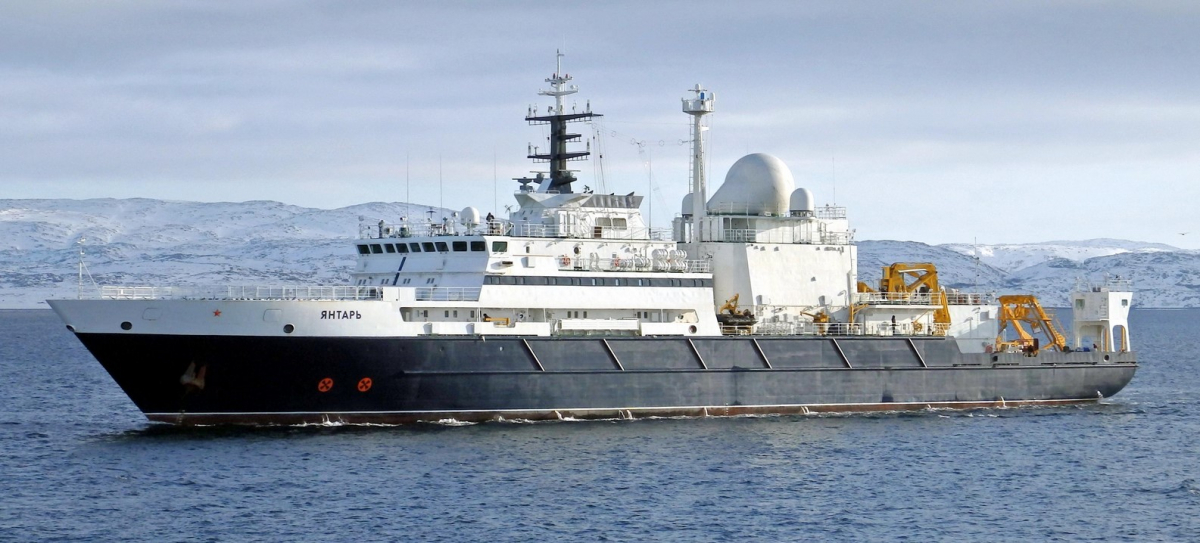Britain launches construction of a building to protect its ocean cables
Operational in 2024
Announced by the Secretary of State for Defence, Ben Wallace, the Royal Navy is to acquire a new seabed surveillance vessel. This MROSS (Multi-Role Ocean Surveillance Ship) will have a crew of around 15 highly qualified personnel and will enter service by 2024. The multi-purpose ocean surveillance vessel will be equipped with powerful sensors and drones to enable it to secure underwater cables and strategic repeaters to prevent intrusion attempts. It will also be able to support British naval operations, including in the challenging Arctic region. But here its role remains unclear ....
New strategic priority
The cumulative length of the 428 submarine cables is estimated at 1.3 million km. Highly vulnerable to malicious acts, these cables carry 97% of the world's communications and transfer transactions totalling $1 trillion daily. In 2013, the cutting of the SeaMeWE-4 cable (which links Marseilles to Singapore) off the coast of Egypt had repercussions for the entire Indian subcontinent. The British government fears sabotage with potentially devastating consequences, which could cause a "digital Pearl Harbour". The complexity of the internet is such that it is difficult to anticipate the path that a data packet will take. The ship will therefore operate in British and international waters to protect the most strategic cables to "prevent the lights from going out" in the words of the Secretary of State for Defence. This announcement comes in the context of the Strategic Review which will set the diplomatic and military priorities for the next decade.
The Russian threat
Russia is now being singled out for suspicious activity on the world's communication lines through its oceanographic vessel Yantar, but it was the Americans who originally invented the discipline and are now pursuing it with the SCARAB drone project. This is a sensitive subject, and few elements are currently accessible to the general public. Nevertheless, the fears of NATO and its partners seem to be well-founded by Russia's use of mini nuclear submarines, which are themselves attached to former SSBNs converted into a mother base for transit. These mini-submersibles are called X-Ray (Pr 1851), Paltus (Pr 1851.1) and Losharik (Pr 1083.1). Operating in the Arctic and the Baltic, they were originally designed to lay and retrieve sensors (sonar, buoys) near sensitive areas (military ports, shipping channels). They are now said to have the capacity to attack submarine cables. These attacks can take many forms (eavesdropping and data capture, cable lifting, destruction of a section). This type of ultra-sophisticated action would leave the Atlantic forces amorphous and incapable of reacting, whereas traditionally, the raison d'être of a navy is to keep control of maritime lines of communication, thus explaining the Royal Navy's eagerness to find solutions to this new threat. But let us not forget that it is at the ends of these cables that they are most sensitive, and that the greatest number of intrusions take place from the ground. To ensure its security in this area, France is calling on Orange Marine's fleet of seven ships, including the Pierre de Fermat.
Découvrez cet article sur Air&Cosmos

